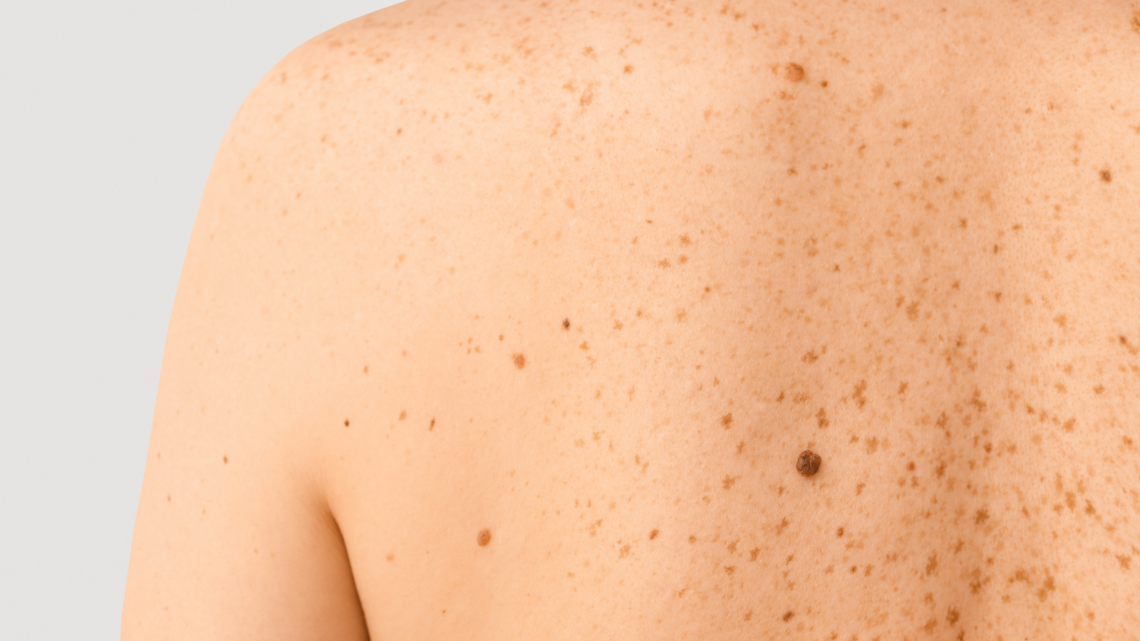
Skin Self-Examinations
Regular skin checks stand out as a critical practice, particularly when considering the rapid pace at which melanoma, a formidable type of skin cancer, can develop. This form of cancer might manifest either as a new spot on the skin—reminiscent of a mole or freckle—or as changes in an existing mole. Given its potential to evolve over varied timeframes—from a matter of weeks to several years—it’s imperative to understand and engage in regular self-examinations to mitigate the risks associated with skin cancer.
The significance of conducting self skin cancer examinations cannot be overstated, especially when early detection plays such a pivotal role in reducing the risks associated with melanoma. By identifying any unusual changes or new growths on the skin at an early stage, individuals greatly increase their chances of successful treatment, significantly decreasing the potential for the cancer to advance to a more severe stage. This proactive approach is not only a preventive measure but also a form of empowerment, giving individuals control over their health outcomes.
To effectively conduct a self-examination, one must follow a systematic approach, ensuring that no part of the body is overlooked. This process begins with a thorough inspection of the front of the body, including the face, neck, shoulders, arms, chest, abdomen, thighs, and lower legs. Each area must be carefully examined for any new or changed moles, freckles, or any other unusual spots. Following the front, one should turn sideways, raise their arms, and inspect the right and left sides of the body. This includes the underarm areas, which can often be neglected during casual inspections. The use of a hand-held mirror is crucial for the next steps, allowing for a detailed examination of areas that are typically out of direct sight. These include the upper and lower back, the buttocks, and the back of the thighs and calves. Such thorough scrutiny ensures that less visible areas are also monitored for signs of skin changes. The examination continues with the arms, including the forearms, palms, and the backs of the hands. It is essential to look closely at the fingernails and in between each finger, as melanoma can also develop in these regions. Finally, the feet require careful inspection—tops, soles, toenails, toes, and the spaces in between. Each of these steps is vital to a comprehensive skin examination, helping to detect any signs of skin cancer early. (You can learn more about skin self-examination by visiting checkyourskin.ca.)
Understanding what to look for during these examinations is equally important. Signs of skin cancer include new growths or spots on the skin, alterations in the size, colour, or shape of existing moles, and any skin lesion that does not heal. Other warning signs might be less obvious, such as itchiness, tenderness, or bleeding in a mole or spot. If any such changes are noticed, it is crucial to consult a dermatologist promptly.
The importance of regular skin examinations is underscored by the potential severity and rapid development of melanoma. By familiarizing oneself with the process of self-examination and being vigilant about changes in the skin, individuals not only enhance their chances of early detection but also contribute significantly to their overall health and well-being. Engaging in such practices allows for timely medical intervention and can substantially alter the outcome of skin cancer diagnoses.

